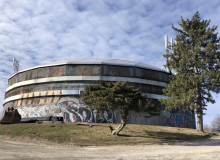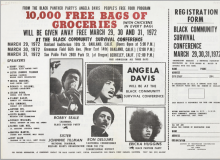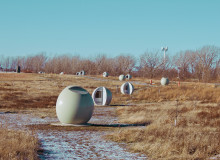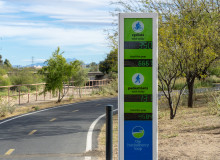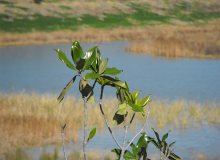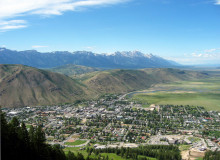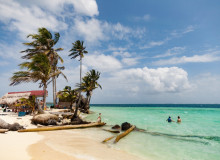Architecture
Can we create a green American dream home? Can we take those green building methods to a larger scale? Can we build a green office park? PF Members think so.
Mandela Washington Fellow
A former tech worker turned eco-entrepreneur in Ghana works to intercept plastics on the way to the landfill by repurposing the plastic into an award-winning building product.
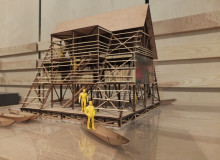
Nigerian-born architect Kunlé Adeyemi's NLÉ studio developed the Makoko Floating School as a prototype for building in areas prone to flooding. The triangular shape gives the structure stability on the water, with a low center of gravity. (B/Flickr/Creative Commons 2.0)
Planet Forward Correspondent | George Washington University
On the second to last day of COP26, the official theme of the day is cities, regions, and built environments. But what is a built environment, and why is the link to climate change so important?
George Washington University
Climate Hits Home | Philadelphia's sewage system and water infrastructure are being stressed by climate change and it's leading to a rather gross — and dangerous — situation.
SUNY College of Environmental Science and Forestry
The photos included in this essay serve as a tour through the city of Syracuse, NY, and use street art as a tool to measure community status and gentrification.
Bates College
We should remember the critical work the Black Panther Party did in their communities to help right injustices, and help prevent hunger among children and communities as a whole.
Planet Forward Correspondent | SUNY-Plattsburgh
As the world continues to urbanize, there is increasingly becoming a higher need for green, sustainable architecture. One striking example of this is Parc Frederic-Back in Montreal.
Planet Forward Senior Correspondent
Green spaces not only help cities mitigate and adapt to climate change; they can help residents cope with the shock of COVID-19.
Northwestern University
Hybrid, nature-based infrastructure could help protect areas like Houston, Texas from floods, while providing other benefits for the community.
Planet Forward Senior Correspondent | Middlebury College
After years without fresh produce, this isolated community in Wyoming created an innovative farm that yields more than 100,000 pounds of food per year.
Northwestern University
Medill's Jessica Mordacq reports from Panama: The San Blas Islands and Kalu Yala are two very different environments in Panama that both revolve heavily around tourism.

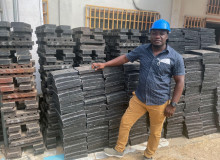
.jpeg%3Fitok=qvsAHQBJ)
